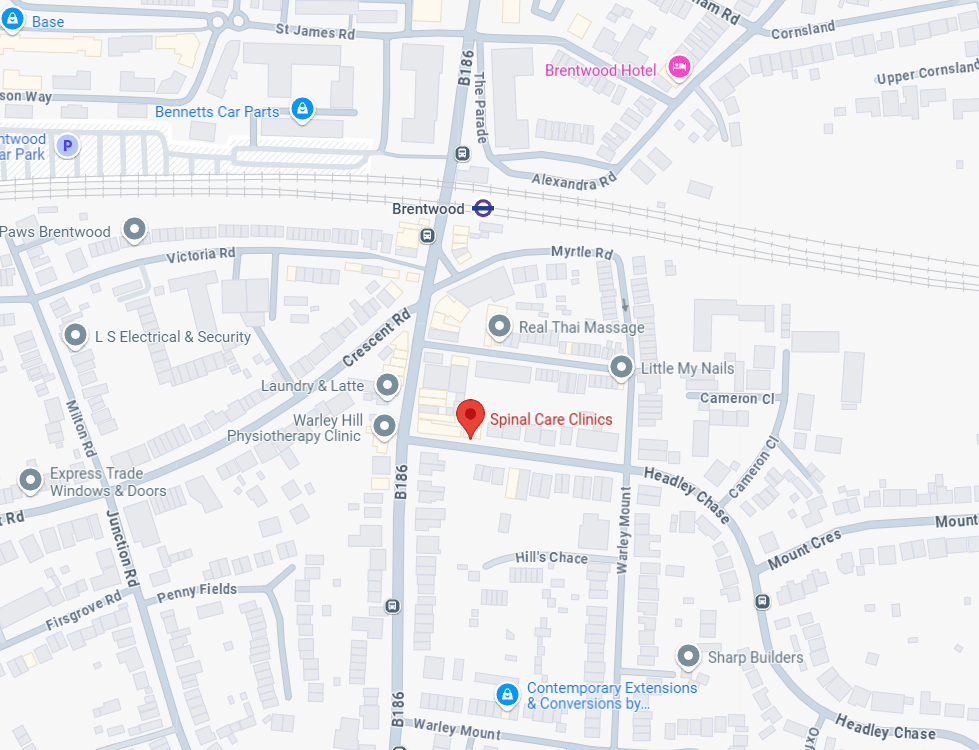Pain is extremely complex.
A great number of factors will influence severity of pain. For example, a wounded soldier in battle may be seriously injured, but will carry on fighting and will notice the severity of the pain after the danger has passed.
Have you ever noticed how pain becomes more intense the more you think about it? Why is it that when you were little, and your mum would rub a painful area, it felt better? One way to understand this is the ‘Gate Control Theory of Pain’.

Factors that open the gate
There are three main ways in which the gates to pain can be made more open, so that the pain feels worse. These are to do with how we feel about things, how we think about things, and what we are doing.
1. Stress and Tension
In the same way as above, the way we feel, the way we think and what we do can all have a part to play in helping to close the gates to pain.
2. Mental Factors
One of the most effective ways of opening the gates and increasing your pain is to focus all your attention on it. Boredom can also lead to the pain gates opening.
3. Lack of Activity
Another factor that opens the gates to pain is lack of activity, fitness and immobility of joints.
Factors that close the gate
All sorts of emotional states can lead to the gates to pain being more open. These include being anxious, worried, angry, and depressed. Having a lot of tension in the body is a common way of opening the pain gates.
1. Relaxation and Contentment
Feeling generally happy and optimistic has been found to help to close the gates to pain. Also, feeling relaxed in yourself seems to be a particularly useful way of closing the gates.
2. Mental Factors
Being involved and taking an interest in life helps to close the gates. Also if you concentrate intensely on something other than the pain (e.g. work, books, activities, being with friends), then this can distract you from pain, helping to close the gates.
3. Activity
Taking the right amount of exercise, so that you develop your fitness, can help to close the gates.
4. Other Physical Factors
Manual therapies including Chiropractic, Sports Massage and Acupuncture work to improve symptoms over time by improving function, but also help as types of counter-stimulation to pain. Others that can be done at home include ice, heat, massage balls etc. ‘Rubbing it better’ works as by touching the area you are stimulating ‘touch’ receptors as opposed to the pain receptors. Touch and pain have different neurological pathways and so touch can help to override the pain pathway.

